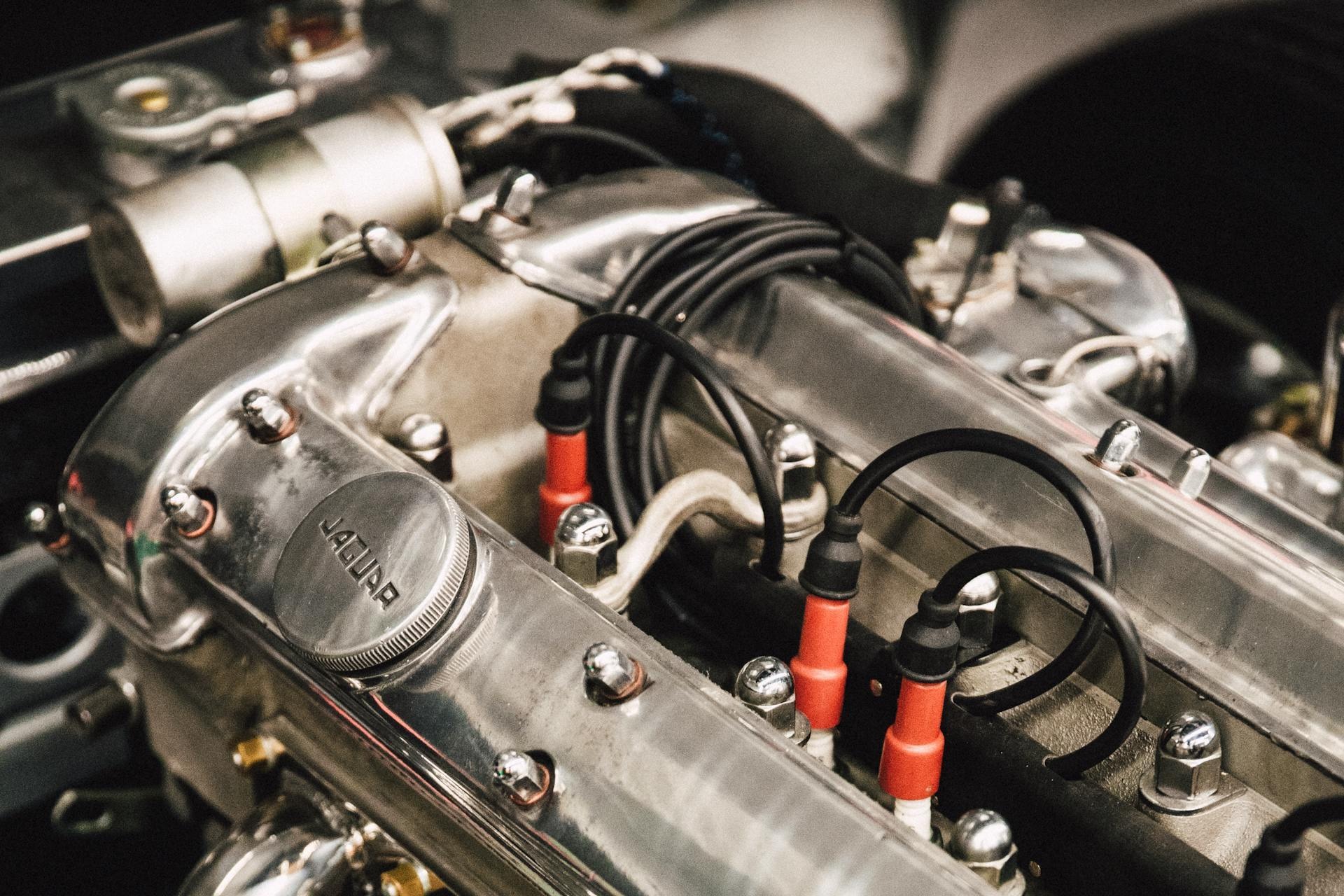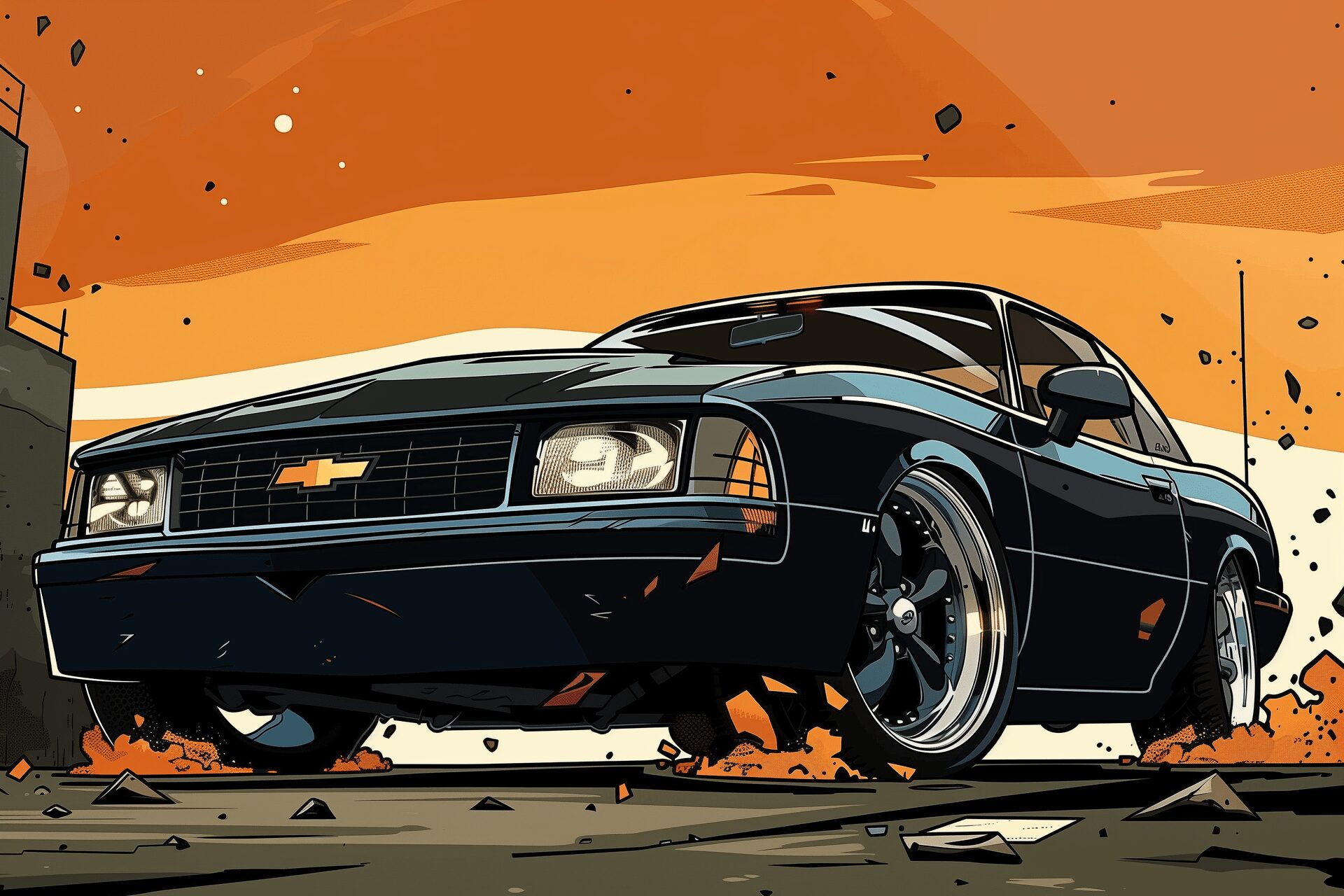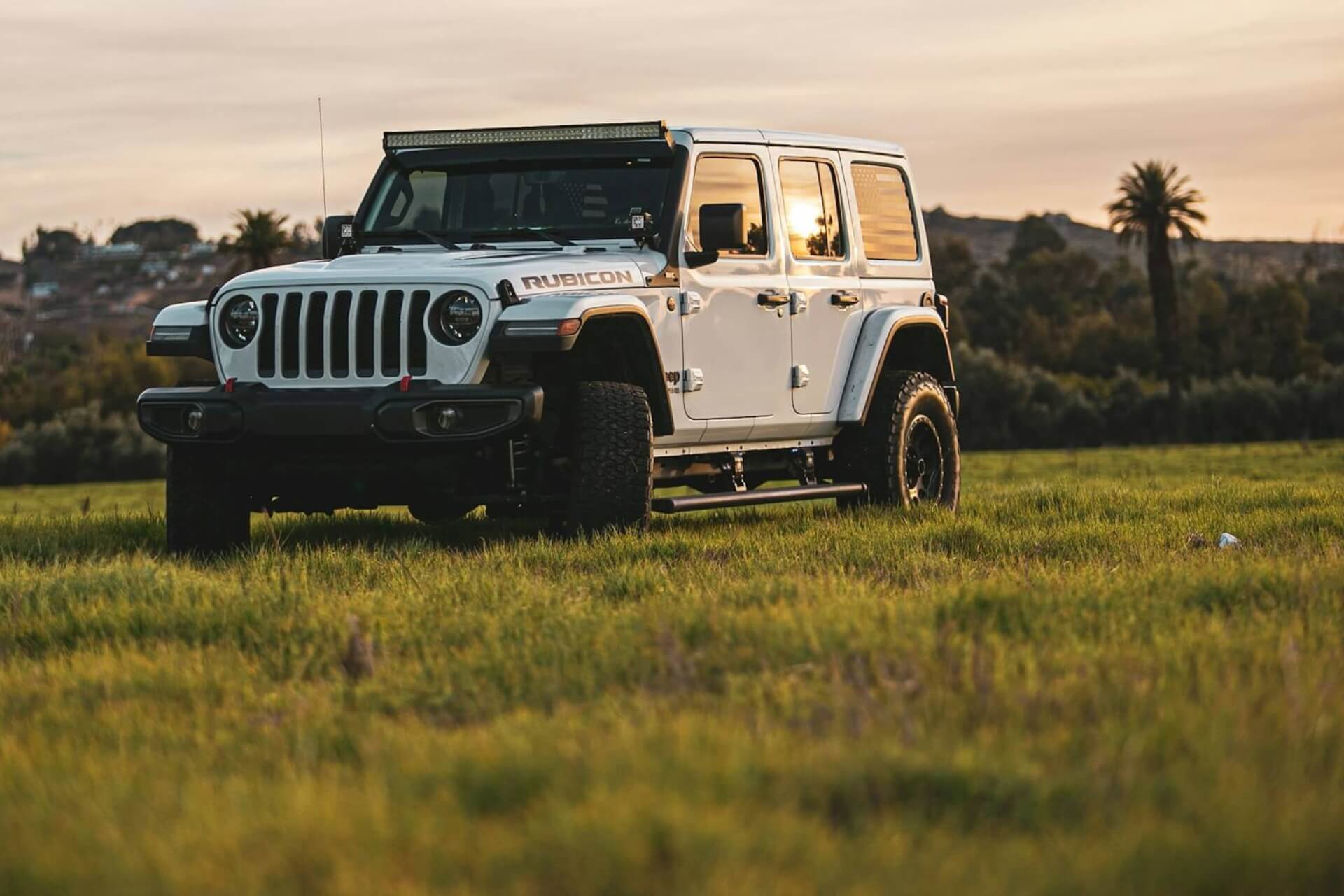How to Drift Your Car Like a Pro
Nov 08, 2023
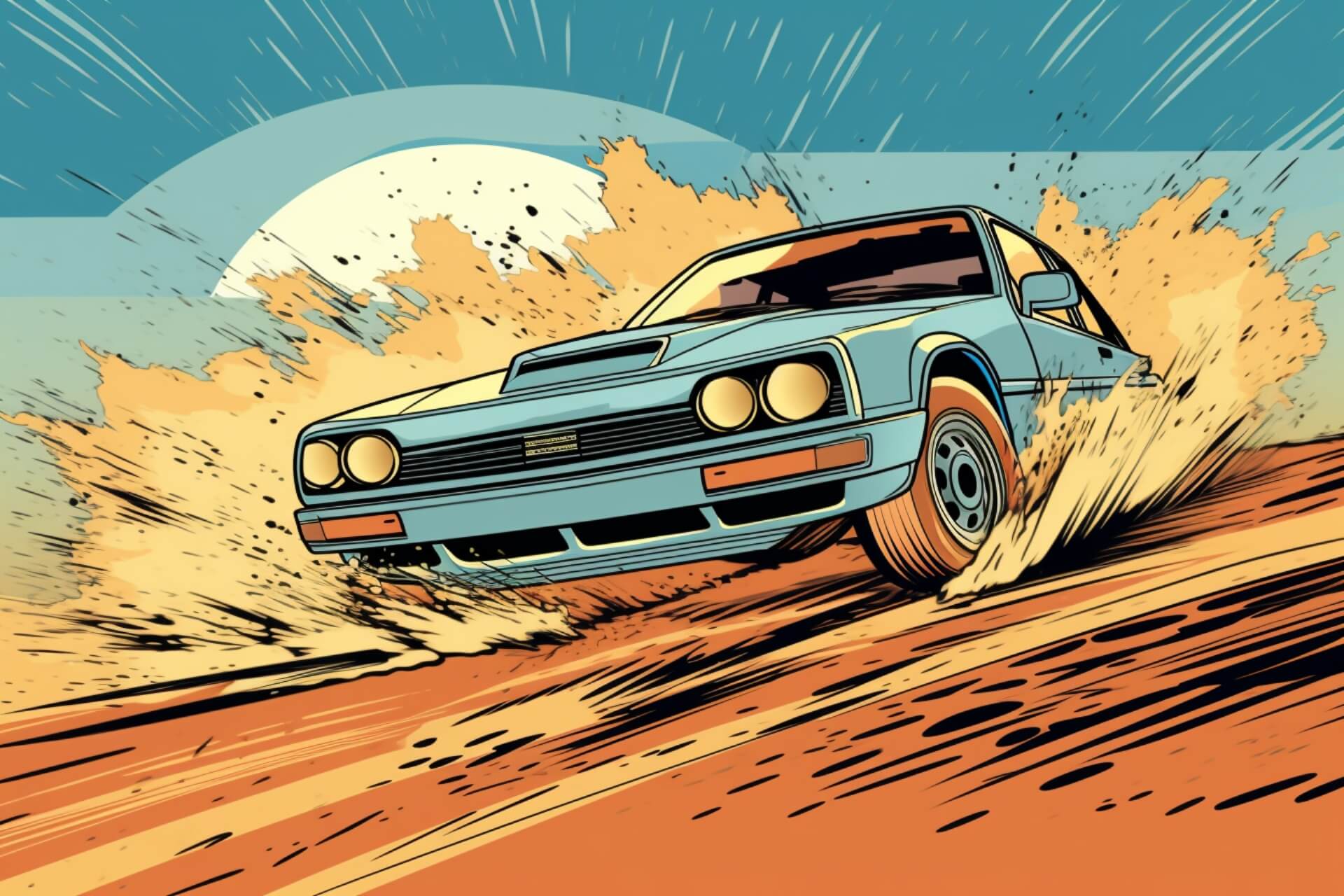
As an Amazon Associate, Modded gets commissions for purchases made through links in this post.
Anyone who has a love for fast-speed vehicles has at some point wondered how they could drift their car. While it is easier than many would think, it does require a lot of practice.
Not to say that drifting is easy, but it does become almost second nature the more you have done it. Here is everything you need to know on how to drift a car.
What Is Drifting?
Simply put, drifting is putting a car into oversteer to make it turn sideways around a corner or bend. Oversteering is when you turn the steering wheel to make the back of your car rotate. To drift, you must maintain balance and control of the vehicle for a turn.
Safety First
It’s important to take all safety precautions and protective measures before you start drifting. Take some time to check your car and wear the right equipment for exciting rides.
Drift in a controlled environment. Drifting on public roads or intersections is risky. Reserve your drifting to racetracks and karting tracks– they host drift events where you can drift on open paved areas. If you want to practice, you can also gather friends and rent a racetrack.
Wear the right shoes. You want to wear shoes that protect your feet and are comfortable. Some prefer wearing worn-in shoes so their feet are closer to the pedals. This can be anything from a pair of high-top chucks or vans (with ankle socks to protect your heels from friction and blisters) or pro-racing shoes like the Racequip race shoe with ankle support and an extended sole to protect your heels.
Wear a helmet. With any motorsport, wearing protective gear like a helmet is essential. A simple Fédération Internationale de l’Automobile (FIA) professional standard helmet will do if you want to attend drift days. If you start to compete, you must get a helmet with a higher certification.
Car checks. Ensure your engine’s coolant and oil levels are up to standard. Also, check for any leaks, damage or worn wheel bearings that may affect performance.
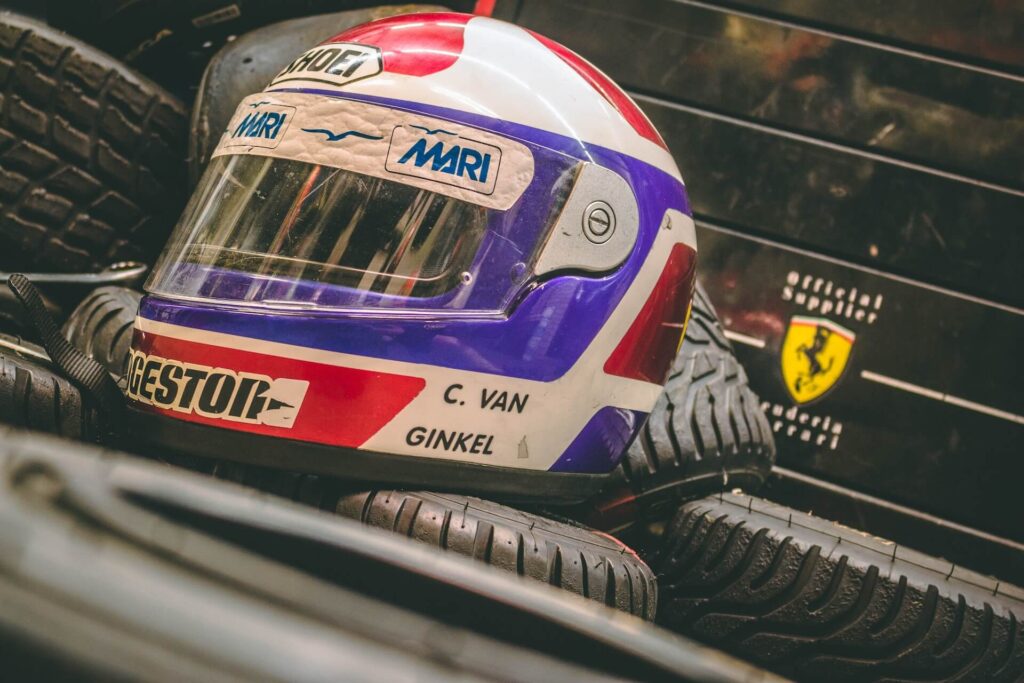
Can You Drift Any Car?
Besides safety equipment, certain ideal conditions will make your drifting experience better.
Go for manual transmission over automatic transmission. Although you can use automatic transmission for drifting, manual gives more control over the process with the clutch pedal and gear shift. With more control, you can achieve the right speeds and angles required for drifting.
The basics needed for a good drift are a front engine, rear-wheel drive, or front-wheel drive. Ideally, You should also have a locking differential. This allows the tires to rotate at the same speed when needed for a controlled turn. You can still use an open-type differential, but it may feel slightly awkward. Turn off any stability control or electronic traction when you’re on the track to drift correctly.
Use worn-out tires. While grippy tires are suitable for everyday driving, you need worn-out tires so the car slides easily around corners when drifting. In your tire selection process, look for tires with shallow tread patterns, strong midribs, wide grooves and hard vulcanized rubber for strength and durability.
How to Drift
A drift has a few basic parts. Take your time to learn the correct technique and see what’s best for you. To start, here are some steps to follow:
Step 1: Starting the Drift
The first step is approaching the corner and pressing down on the gas hard enough to initiate an oversteer. As mentioned, If you are using a road car, you will need to quickly step on the brake to shift the weight from the back tires to the front.
After you have stepped on the gas, quickly flick the steering wheel in the direction of the corner. This step is not easy and will need a lot of practice to understand how much throttle is needed.
Step 2: Catching the Drift
Next up is catching the drift, which proves difficult when first starting. In this stage, once the car begins to oversteer, it will require the driver to quickly let go of the wheel so that the vehicle’s rear can slide out.
Step 3: Holding the Drift
Once you have caught the drift, you will need to maintain it. This is the fun part. Here, the driver must alternate between steering and pressing down on the throttle.
This requires a little practice. Once you start maintaining the drift, you will soon discover what exactly is needed to keep the vehicle from spinning out of control.
Step 4: Transitioning the Drift
Once you get better at drifting, you will want to transition from one corner to another. This is probably the most challenging part of learning how to drift a car.
Transitioning requires the driver to slightly overrotate the vehicle and then let go of the throttle. This movement will allow the tires to temporarily regain grip and cause the back of the vehicle to move in the other direction.
Next, let go of the wheel again and catch it at the right time. While letting go of the steering wheel feels unnatural at first, it becomes second nature with a bit of practice.
Step 5: Ending the Drift
This step requires letting the drift run out or taking your foot off the throttle to help straighten the vehicle. While this is a little tricky initially, it becomes easier to know what actions are required to stop the car from drifting.
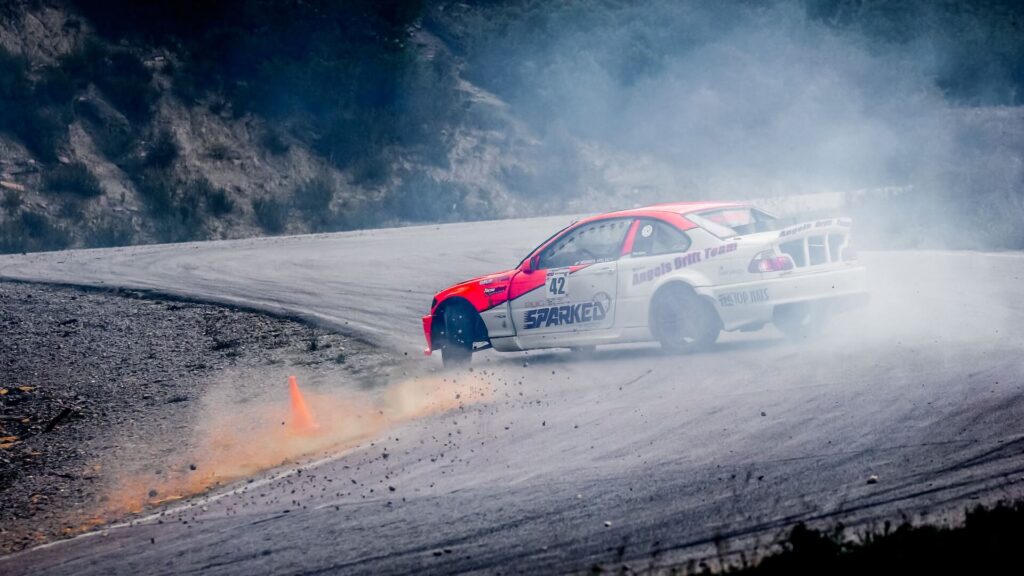
Techniques that will get you drifting like a pro
Reaching Polish drifter Bartosz Ostalowski’s Guinness World record speed of 143.9 mph is a drifter’s dream, but you can only get there by practicing different techniques to improve your drifting skills.
Successive slides.
You can try successive drifts when you get the hang of your drifting technique. To do this, you keep the power of the first drift and repeat the process. The car will swing beneath you, you catch it and move into the next slide.
Braking drift.
You perform this drift by braking before the corner to push the car’s weight to the front wheels. The back wheels will rise and lose traction. You then use a combination of shifting and breaking to balance the car.
Swaying drift, aka Choku-Dori.
With this technique, you use your countersteer and throttle to sway the car’s weight back and forth while moving on a straight road.
Tips for the perfect drift:
- Approach turns at a reasonable speed.
- Use both the steering wheel and throttle to maintain control.
- Stay on the throttle and keep the car in a controlled slide.
- Keep your eyes ahead so you maintain focus and see upcoming corners.
- Accelerate through the turn to help you keep control and maintain the optimal drift angle.
- Lower gears produce tighter turns.
- If you lose control or start spinning out, use your handbrake to correct the drift.
With Enough Practice, You Can Drift Like a Pro!
The exhilarating feeling of controlled chaos from drifting is unmatched. With the proper techniques and practice, you will be on your way to drifting like a pro.
